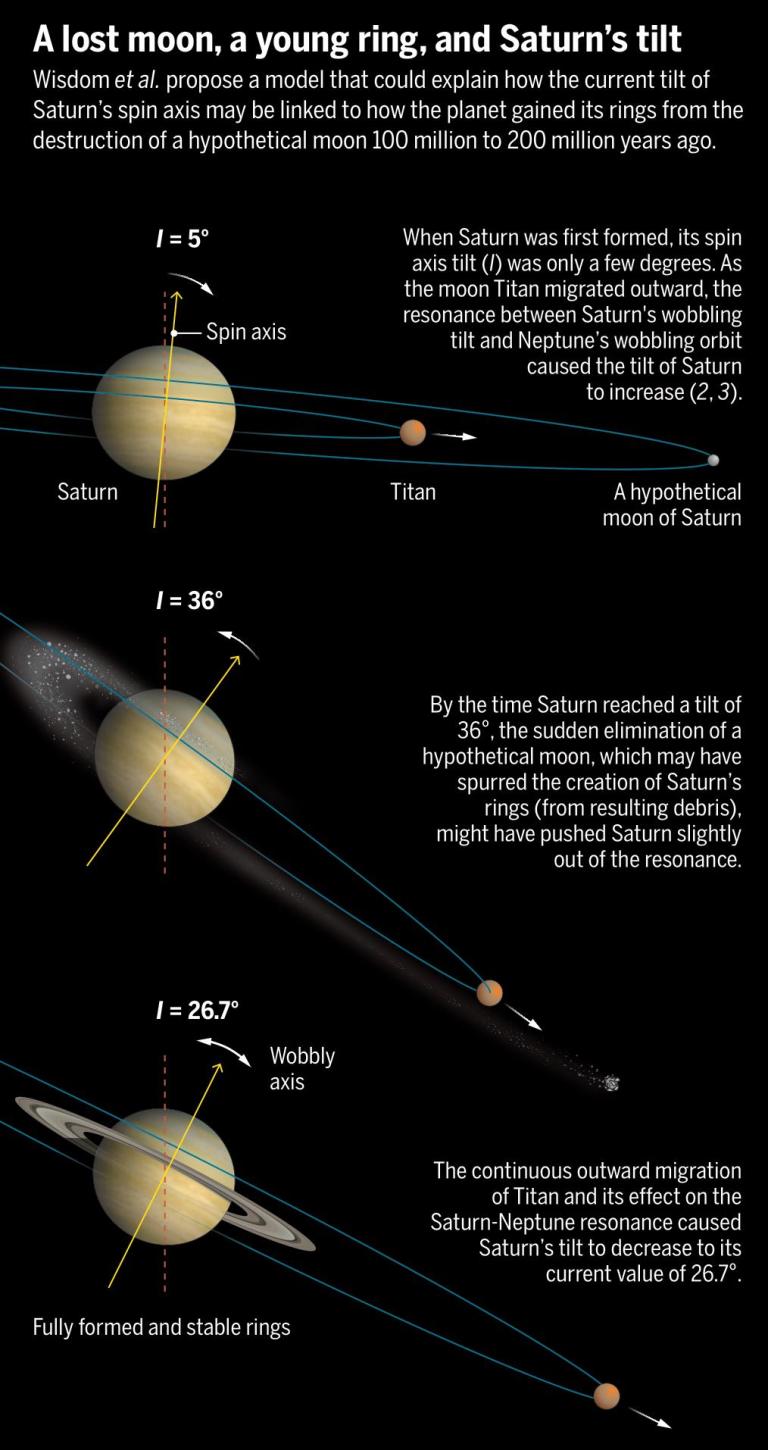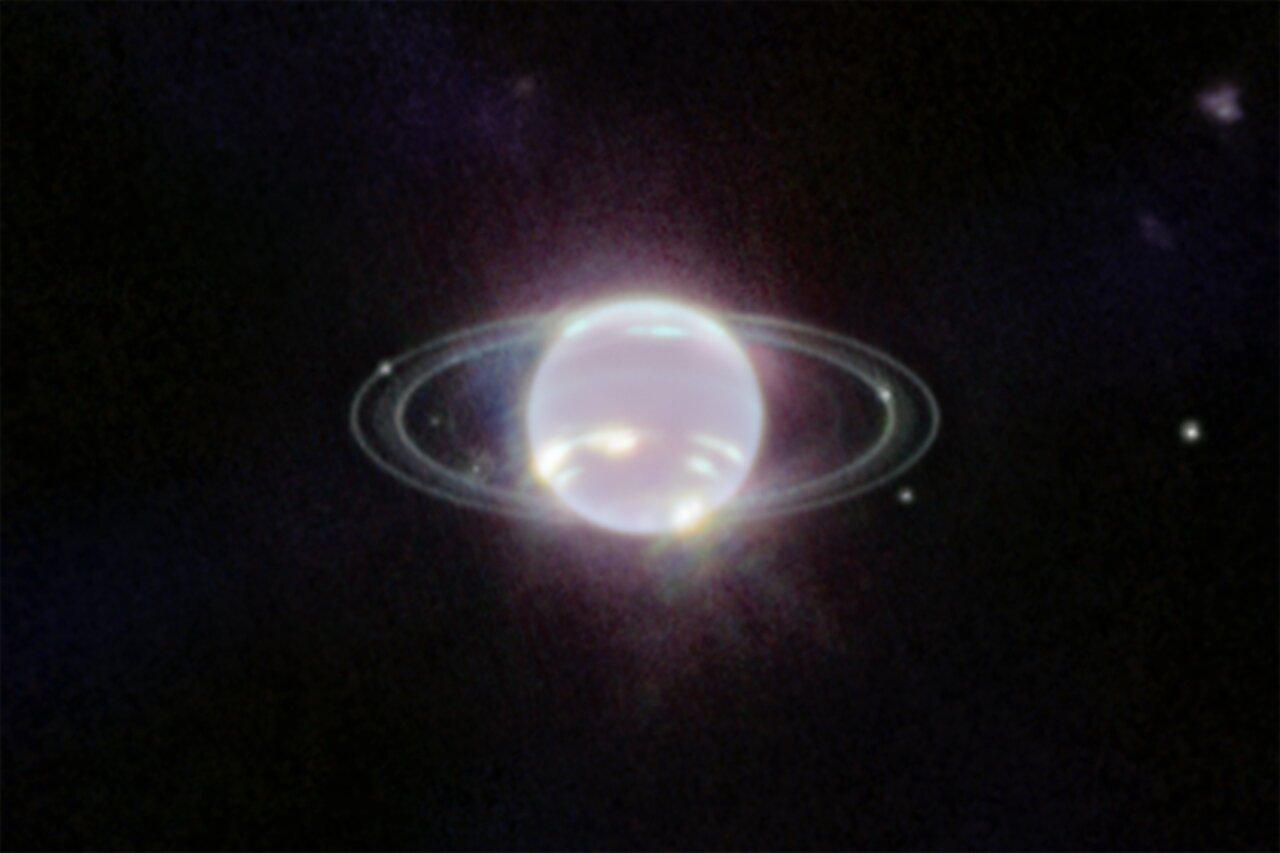Contrary to what some of the other answers claim, it is possible for two bodies of approximately equal size to (nearly) share an orbit around a larger third body. There are no known planets (or dwarf planets) with such orbits, but a well known example exists among the moons of Saturn: the co-orbital moons Janus and Epimetheus.
What happens in such a system is that the co-orbiting satellites don't stay at a fixed distance from each other: whichever one happens to be closer to the central body will orbit it slightly faster, and will therefore gradually catch up to the other one. However, once the satellites get close enough, their gravity will start to pull them together, so that the trailing satellite gains angular momentum and the leading satellite loses it.
Somewhat paradoxically, this momentum transfer increases the orbital radius of the trailing satellite, thus slowing it down, while the leading satellite's orbital radius is reduced, causing it to speed up. Thus, the satellites end up effectively "swapping orbits", so that the leading satellite becomes the faster one and starts gaining distance on the trailing one again, until it eventually catches up to the other satellite from behind and the process repeats.
In a frame rotating around the central body at the satellites' average orbital velocity, the net trajectories of the satellites end up looking like horseshoes. Here's such a schematic of the movement of Janus and Epimetheus with respect to each other as they orbit around Saturn (not to scale, obviously), taken from Wikipedia:
As for whether two objects in such an orbit around the Sun would be considered planets, assuming that they satisfied the other requirements, I'd say your guess is as good as mine: since there are no such objects known in the solar system, and since it's not expected that any more would be found, the IAU had no need to consider this particular issue.
As far as speculation goes, one could argue that, if such a planetary pair did exist in the solar system, the IAU would've found some way to shoehorn them in. One possible way to do so might've been to consider the smaller object in the pair to be an unusual kind of satellite of the larger one, or at least to be "otherwise under its gravitational influence", allowing at least the larger body to be counted as a planet, much like the Earth is considered a planet despite the presence of the Moon in essentially the same orbit.





